After doing some research, I discovered many artists and artistic traditions that are connected with the “Panorama” concept. From ancient Chinese drawing on handscrolls made out of bamboo to the painter Robert Barker contriver of the word “panorama” in the 18th century and to Lisa Reihana in Venice Biennale made as animated wallpaper.
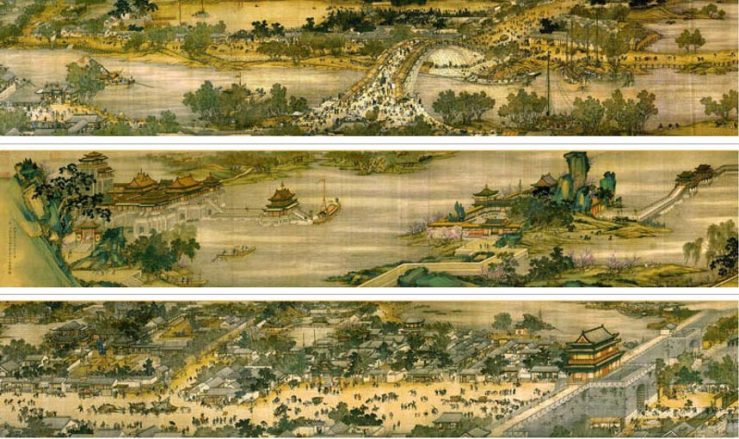 Zhang Zeduan, Along the River During the Qingming Festival, 1085–1145, 25.5 cm × 525 cm
Zhang Zeduan, Along the River During the Qingming Festival, 1085–1145, 25.5 cm × 525 cm
One of the most famous artifacts of China is a panoramic painting spreading more than 5 meters wide from the artist Zhang Zeduan. “Along the River During the Qingming Festival”, also known by its Chinese name as the” Qingming Shanghe Tu”, is a painting depicting activities in rural areas and the city, captures the daily life of people and the landscape of the capital, Bianjing (present-day Kaifeng) during the Northern Song. The theme is often said to celebrate the festive spirit and worldly commotion at the Qingming Festival, rather than the holiday’s ceremonial aspects, such as tomb sweeping and prayers. Successive scenes reveal the lifestyle of all levels of the society from rich to poor as well as different economic architecture.
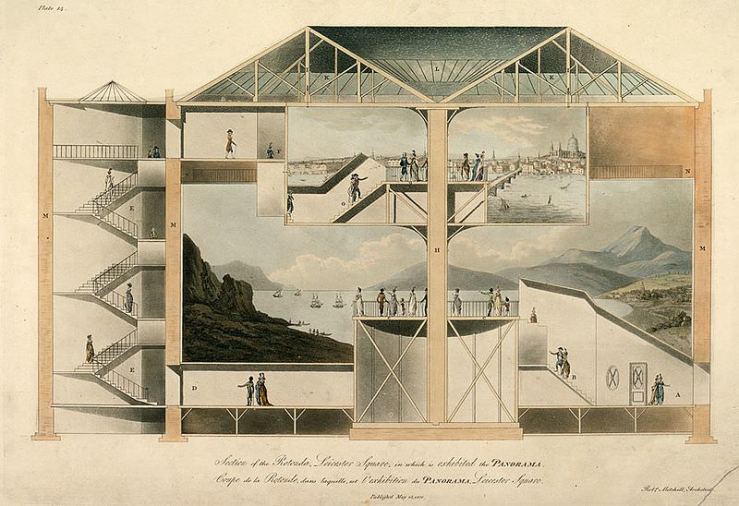 Cross-section of the Rotunda in Leicester Square in which the panorama of London was exhibited (1801).
Cross-section of the Rotunda in Leicester Square in which the panorama of London was exhibited (1801).
The English itinerant portrait painter Robert Barker coined the word “panorama”, from Greek pan (“all”) horama (“view”) in 1792 to describe his paintings of Edinburgh, Scotland shown on a cylindrical surface, which he soon was exhibiting in London, as “The Panorama”. In 1793 Barker moved his panoramas to the first purpose-built panorama building in the world, in Leicester Square, and made a fortune.
Barker’s accomplishment involved sophisticated manipulations of perspective not encountered in the panorama’s predecessors, the wide-angle “prospect” of a city familiar since the 16th century, or Wenceslas Hollar’s Long View of London from Bankside, etched on several contiguous sheets.
 Panorama of London by Robert Barker, 1792
Panorama of London by Robert Barker, 1792
In Europe, panoramas were created of historical events and battles, notably by the Russian painter Franz Roubaud. Most major European cities featured more than one purpose-built structure hosting panoramas. These large fixed-circle panoramas declined in popularity in the latter third of the nineteenth century, though in the United States they experienced a partial revival; in this period, they were more commonly referred to as Cycloramas.
In Britain and particularly in the US, the panoramic ideal was intensified by unrolling a canvas-backed scroll past the viewer in a Moving Panorama (noted in the 1840s), an alteration of an idea that was familiar in the hand-held landscape scrolls of Song dynasty. Such panoramas were eventually eclipsed by moving pictures. The similar diorama, essentially an elaborate scene in an artificially-lit room-sized box, shown in Paris and taken to London in 1823, is credited to the inventive Louis Daguerre, who had trained with a painter of panoramas.
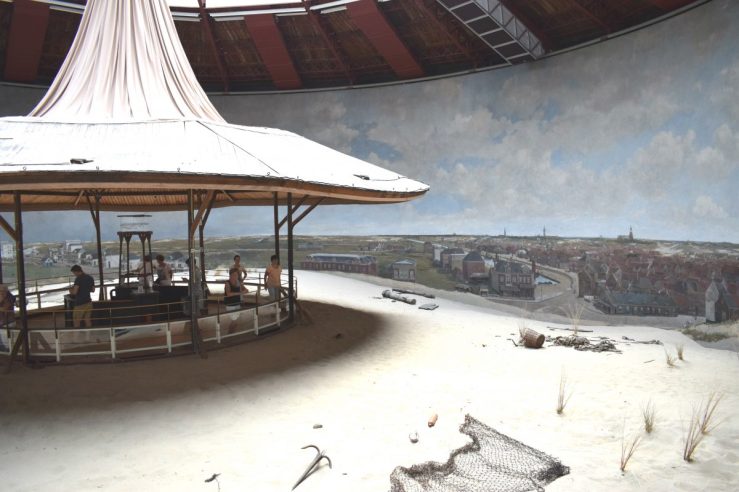 Panorama Mesdag, by Hendrik Willem Mesdag. Housed in a purpose-built museum in The Hague, the panorama is a cylindrical painting (also known as a Cyclorama) more than 14 meters high and about 40 meters in diameter (120 meters in circumference). late 19th century.
Panorama Mesdag, by Hendrik Willem Mesdag. Housed in a purpose-built museum in The Hague, the panorama is a cylindrical painting (also known as a Cyclorama) more than 14 meters high and about 40 meters in diameter (120 meters in circumference). late 19th century.
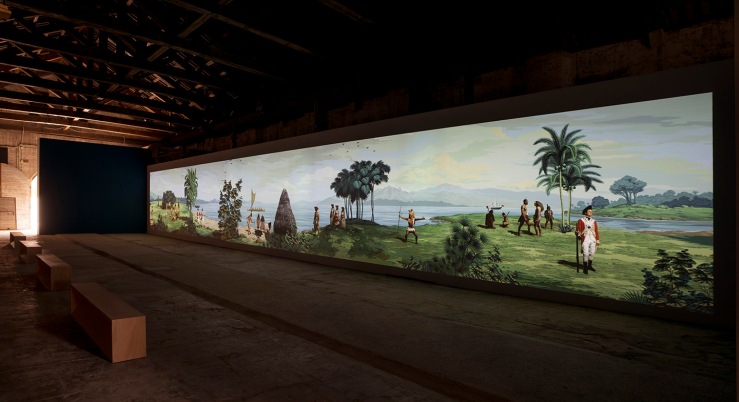
“Central to the exhibition is the panoramic and cinematic in Pursuit of Venus [infected], 2015-17. Two centuries ago, the French neoclassical wallpaper Les Sauvages de la Mer Pacifique referenced the Pacific voyages of James Cook who documented the transit of Venus in 1769. Reihana populates her vast multi-channel video with real and invented narratives of encounter, harnessing film and animation technologies to reimagine the wallpaper from a Maori and Pacific perspective. Reihana’s practice is driven by a deep connection to community, a working method she describes as kanohi ki te kanohi (face to face). Influenced by indigenous cinema, the work is a meditation on cartographic endeavors, scientific exploration and the colonial impulse which unravels Enlightenment ideals to repture the gaze of power and desire.” (Fossa Margutti, Pietragnoli and Dolzani, 2017)
Asia for Educators, Columbia University. “Life in the Song seen through a 12th-century Scroll”. Archived from the original on September 27, 2011. Retrieved September 29,2011.
history, s. (2019). Robert Barker, Painter of Panoramas – Irish Artists. [online] Libraryireland.com. Available at: https://www.libraryireland.com/irishartists/robert-barker.php [Accessed 1 May 2019].
Stephan Oettermann, The Panorama: History of a Mass Medium (MIT Press)
En.wikipedia.org. Panoramic painting. [online] Available at: https://en.wikipedia.org/wiki/Panoramic_painting [Accessed 1 May 2019].
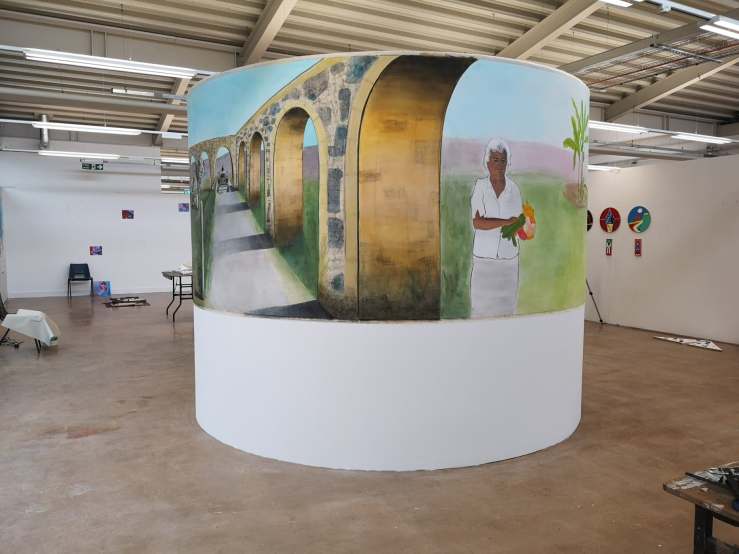

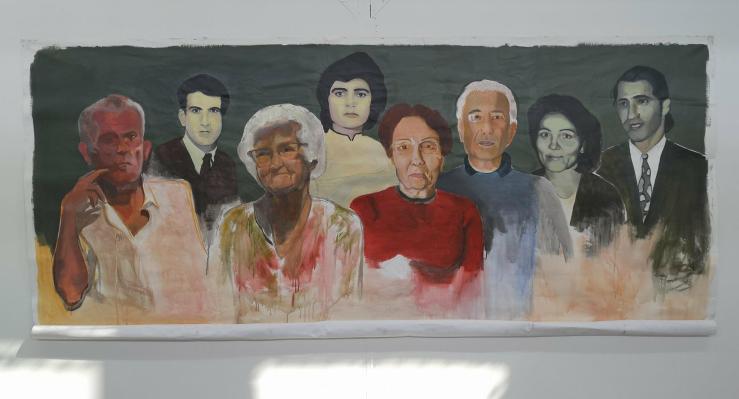











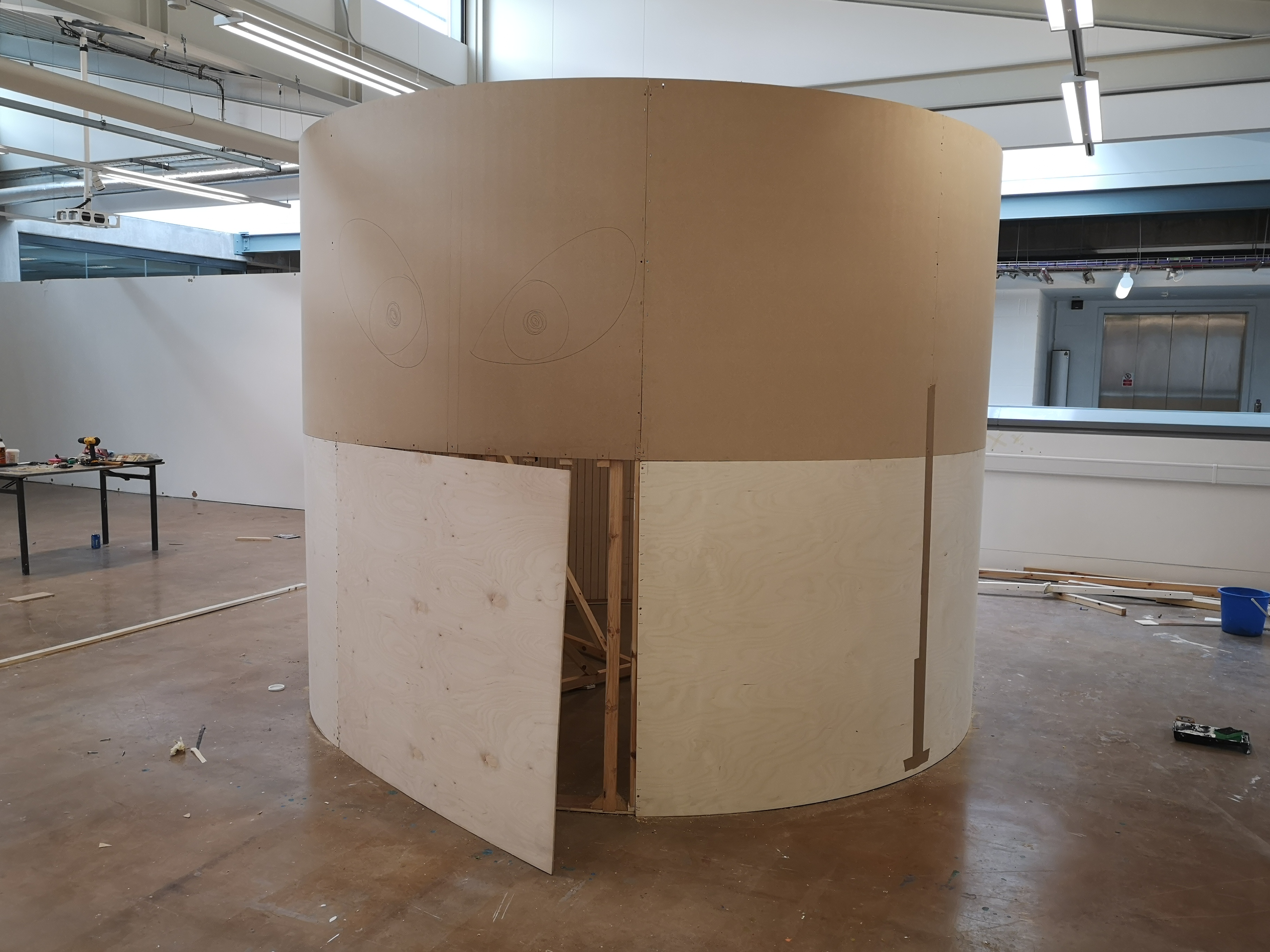


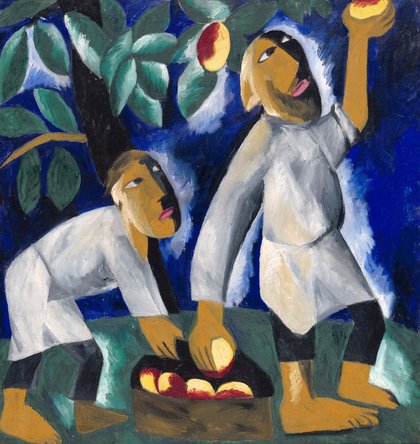 Peasants Picking Apples 1911, State Tretyakov Gallery, Moscow. Received from the Museum of Artistic Culture 1929 © ADAGP, Paris and DACS, London 2018.
Peasants Picking Apples 1911, State Tretyakov Gallery, Moscow. Received from the Museum of Artistic Culture 1929 © ADAGP, Paris and DACS, London 2018.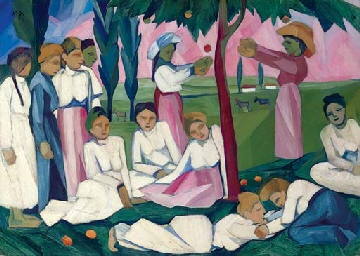 Natalia Goncharova Picking Apples
Natalia Goncharova Picking Apples
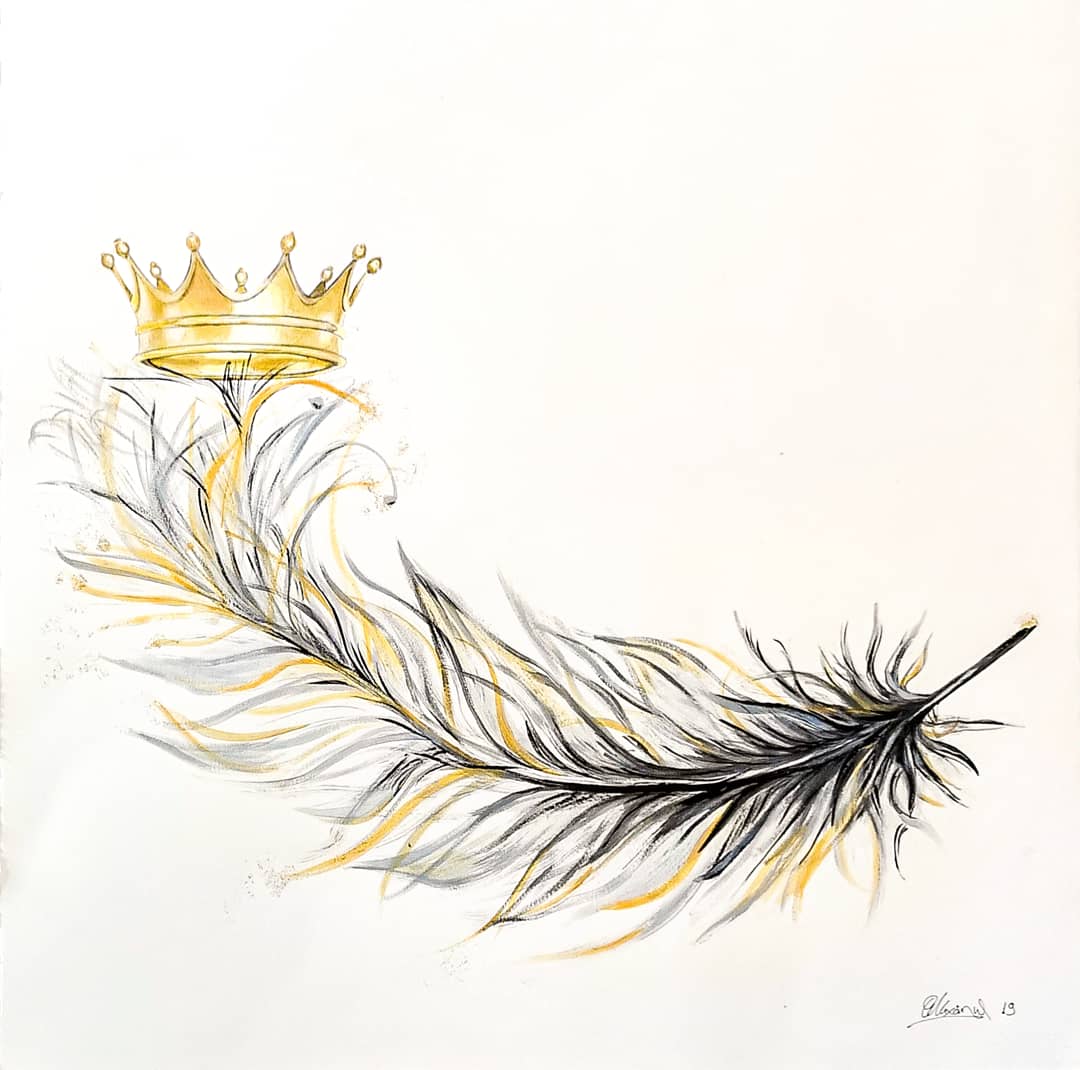
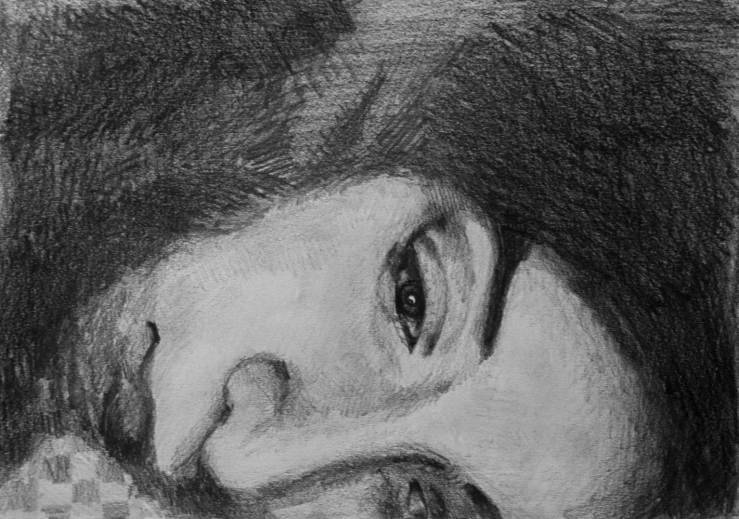
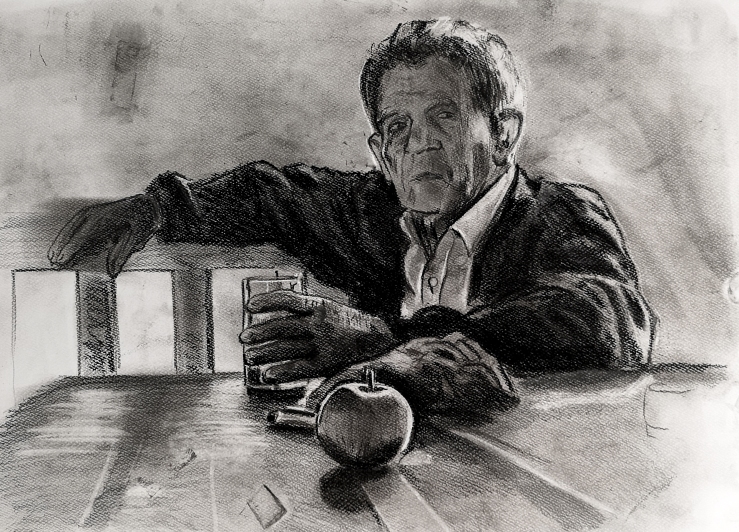
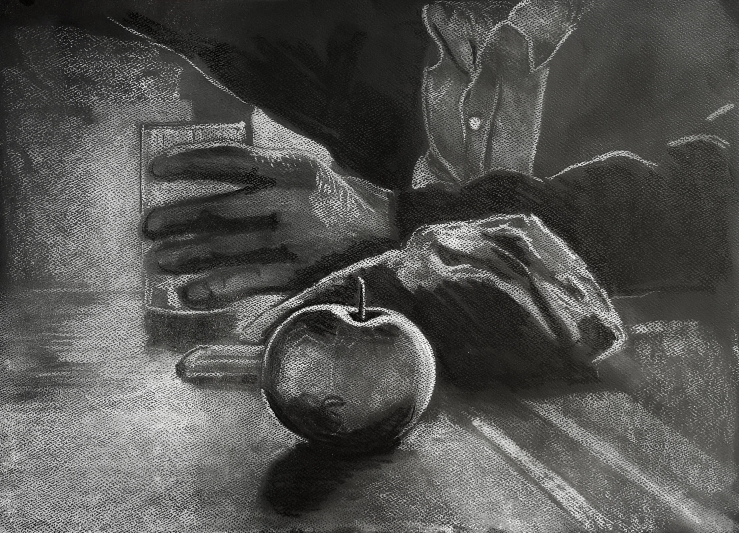
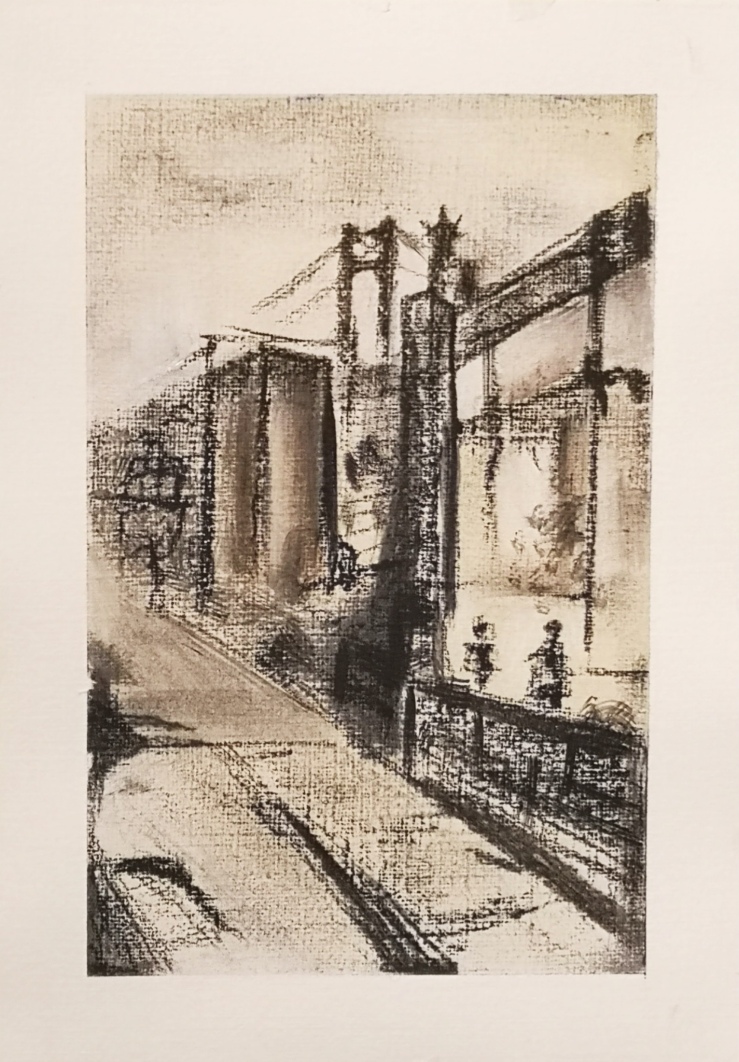
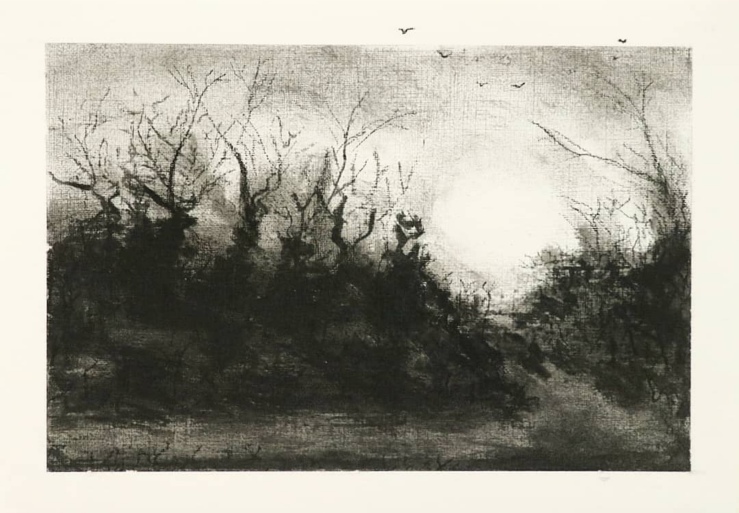
 Fragment of the Column of Marcus Aurelius.
Fragment of the Column of Marcus Aurelius.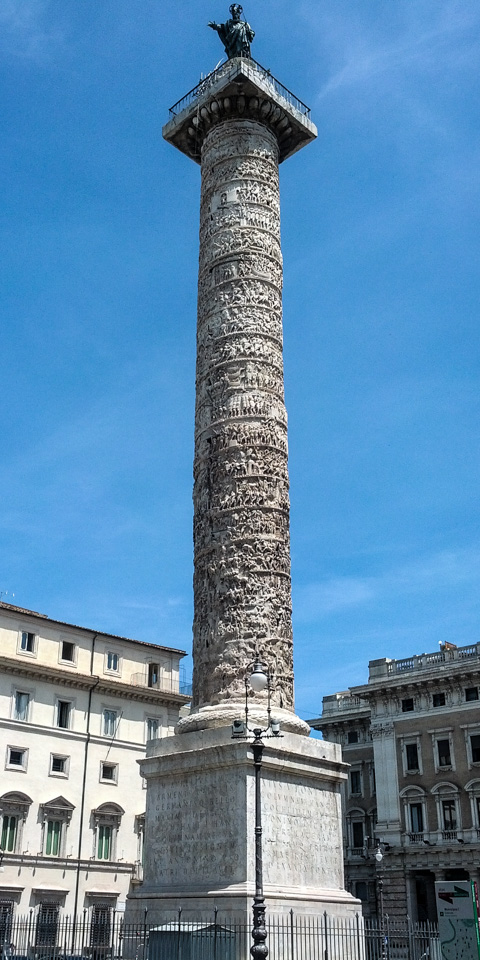
 All Things Fall Around The World, Mat Collishaw, steel, aluminum, plaster, resin, LED lights, electric motor, Galleria Borghese, Rome, 2014
All Things Fall Around The World, Mat Collishaw, steel, aluminum, plaster, resin, LED lights, electric motor, Galleria Borghese, Rome, 2014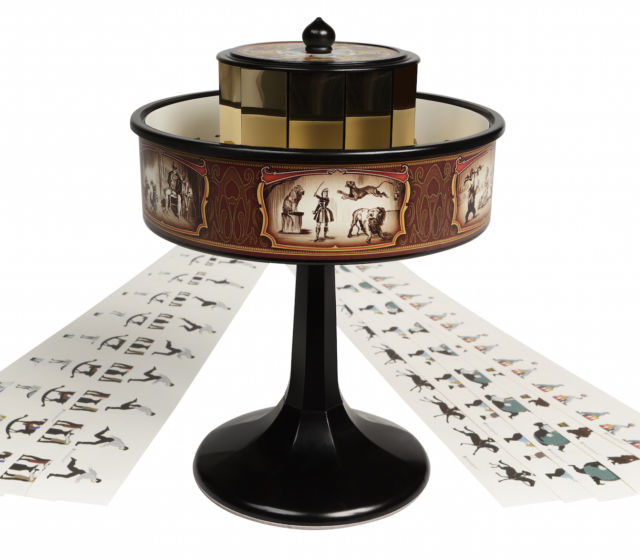 Praxinoscope Animation Vintage Optical Illusion Toy
Praxinoscope Animation Vintage Optical Illusion Toy Zhang Zeduan, Along the River During the Qingming Festival, 1085–1145, 25.5 cm × 525 cm
Zhang Zeduan, Along the River During the Qingming Festival, 1085–1145, 25.5 cm × 525 cm Cross-section of the Rotunda in Leicester Square in which the panorama of London was exhibited (1801).
Cross-section of the Rotunda in Leicester Square in which the panorama of London was exhibited (1801). Panorama of London by Robert Barker, 1792
Panorama of London by Robert Barker, 1792 Panorama Mesdag, by Hendrik Willem Mesdag. Housed in a purpose-built museum in The Hague, the panorama is a cylindrical painting (also known as a Cyclorama) more than 14 meters high and about 40 meters in diameter (120 meters in circumference). late 19th century.
Panorama Mesdag, by Hendrik Willem Mesdag. Housed in a purpose-built museum in The Hague, the panorama is a cylindrical painting (also known as a Cyclorama) more than 14 meters high and about 40 meters in diameter (120 meters in circumference). late 19th century.